In his latest exhibition at Proyectos Monclova, the Mexican artist Edgar Orlaineta starts from a story, from a moment. Even though the work of the American-Japanese artist, sculptor and designer Isamu Noguchi inspires to Orlaineta, it is evidence of the fracture of history and its reinterpretation today that floods the artpieces. Sculptures, objects, installations invoke to look at the same problems that persist from that history – and the untold ones too – taken and resignified by Edgar Orlaineta.
By Carolina Martínez Sánchez | Images courtesy of Proyectos Monclova | Translation and special thanks to Jacob Sheehan
Carolina Martínez: The pieces exhibited in History is Taking Flight and Passes Forever emanate from a highly politically charged historical moment. Why and how did you begin to work with the works of Isamu Noguchi and Ray Komai?
Edgar Orlaineta: Actually, the main pieces stem from the work of Ruth Asawa, Tura Satana, George Nakashima y Larry Shindoa, not just from Noguchi and Komai. The work and the life of Isamu Noguchi for me functioned as a departure point. It was through his work I began an investigation about the concentration camps for Japanese-American citizens, which were established in the United States during the Second World War. For this exhibition I took up the Interlocking Sculptures (assemblage sculptures) that Noguchi developed when he returned to New York after his internment in a “relocation camp” in Poston, Arizona. I wanted to expand on the idea of assemblage and to go beyond focusing on the purely formal [elements], to make sculptures that refer both conceptually and technically to other things and other pieces. The works in History is Taking Flight and Passes Forever connect in various ways and are in dialogue with various every day objects as well as historical objects: memorabilia and propaganda of the era, books, decorative objects, press photos, and original works by some of the interred in the aforementioned concentration camps.
CM: Apparently, for a work to be inexhaustible and atemporal it should detach itself from history. So how can you formulate the production of an exhibition like History is Taking Flight and Passes Forever so that the works are able to separate themselves from a historicity through a process of deconstruction, which later is rebuilt?
EO: My production has always been linked to my research in such a way that frequently the historical objects and the archive are able to relate to the work’s formal resolutions within the same space. In some cases I begin by researching until I encounter something that triggers an idea, which in turn sets a direction for me to work in the studio. Other times the process unfolds more as two parallel paths. Occasionally the process can present itself in reverse: I will start with the deconstruction of an object to reveal or modify its history. History interests me, but not just as an immovable object, I think Nietzsche said something along the lines of, history is very important, but it must be flipped over so that we don’t remain paralyzed by it. I think that history is very important, but I think that it must be questioned and fractured if necessary. Also, I am very interested in histories that don’t have a narrator, those that now nobody tells, or those that have disappeared. I like the idea of that which disappears. I assume a process of aging and death in my work, as much of history itself as of the objects.
“History interests me, but not just as an immovable object, I think Nietzsche said something along the lines of, history is very important, but it must be flipped over so that we don’t remain paralyzed by it. I think that history is very important, but I think that it must be questioned and fractured if necessary.”
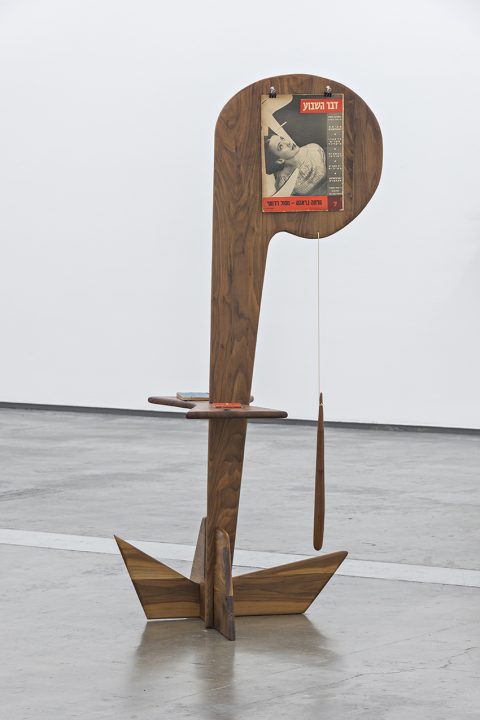
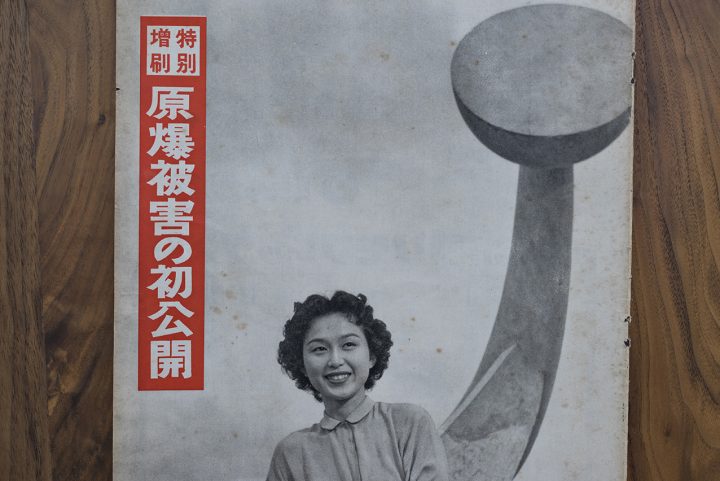
CM: Why did you want to visualize these histories (those of Asawa, Satana, Nakashima, Shinoda, Noguchi, y Komai.) How do you reposition and give them new meaning today?
EO: The exhibition is not an anachronic endeavor, unfortunately the themes that I take up continue to be of utmost importance today: racism, human rights, and immigration continue to be urgent themes. Going back to a historical event like the concentration camps, or “relocation”, for Japanese-Americans continues to fall under the purview of racism and human rights. Many people don’t know that this history involved more than one hundred and then thousand citizens and legal residents of the United States who lost their liberty at the hands of their own government. This “national security order” that was executed by the former President Roosevelt was effectively an act of retaliation for the Japanese bombing of Pearl Harbor. Some of the interned were confined for as much as four years. Many lost their homes and their business, and once liberated continued to suffer from racism and stigmatization, even after the end of the Second World War. Two thirds of the interned were Americans by birth, and the rest had been living in the United States for decades but were not American citizens because at that time the law did not allow for nationalization. At the end of the war, not so much as one case of Japanese-American espionage or sabotage was ever uncovered. It wasn’t until the administration of Ronald Reagan that a public apology was issued and [Roosevelt’s executive] Order 9066 was declared an action of hysteria and racism.
CM: What are you trying to recover from the concept of the Interlocking Sculptures and how do you deploy it in your work?
EO: The pieces inspired by Noguchi go back to his method of construction and his organic forms: the assemblages are structurally held together only through the force of gravity. Noguchi utilized marble sheets (in his era they were cheaper and more abundant in New York, since it was used for construction of flooring and building finishings.) My works are made of wood, a material that is well adapted for this technique and a direct referral to Japanese culture. The forms that I created for the exhibition are originals, and the idea is that they become functional the moment that they contain other objects. In the exhibition I return to the idea of interlocking and expand on it as a general concept, interconnecting motives, histories and ideas.
“The exhibition is not an anachronic endeavor, unfortunately the themes that I take up continue to be of utmost importance today: racism, human rights, and immigration continue to be urgent themes.”
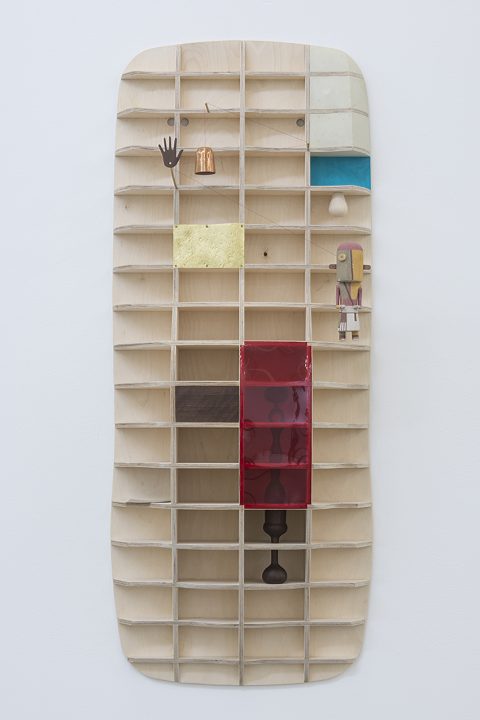
CM: How possible is it to talk about a piece or an object as a readymade today?
EO: My sculptures are comprised of fabricated objects as well as historical objects, however they are not quire exclusively readymades. For me, they are simply objects that signify and contain histories. The definitions in relation to objects I have always found disturbing. I think that to define something limits it, which is contrary to the intention of the pieces: to generally activate, in relation to the other pieces and in particular as independent sculptures, so that each object speaks for itself. Nevertheless, the reading of the work as a readymade is as valid as any other.
CM: The capacity for art to account for it’s own time in some measure stems from how revolutionary it is. Do you believe in revolution as a vocation of art?
EO: I think that art functions a bit like doctrine–sometimes you have the necessary faith and sometimes you doubt it completely. Western art has its own history and language that stems from rupture. These ruptures can function both a revolutionary system for ideas and a devastating force on the status quo. However, it can also be revolutionary without realizing that it is. Therefore it is possible to find art that is ahead of even the vanguard. I think that the vocation of the artist has a place beyond the consciousness of history or any particular concept. Art can be a revolutionary tool.
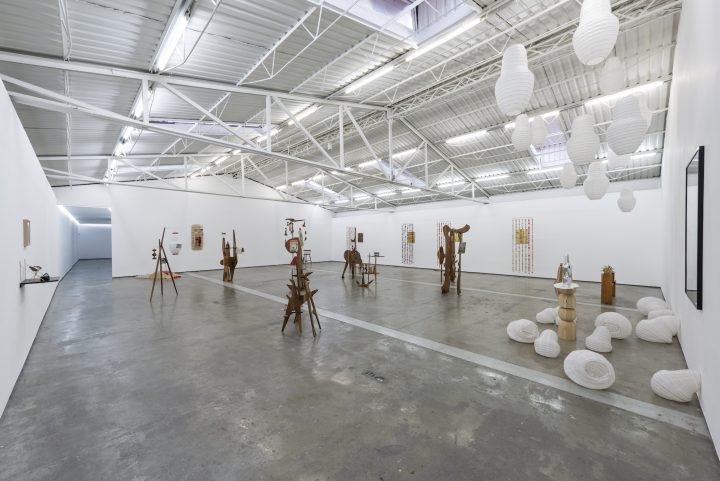
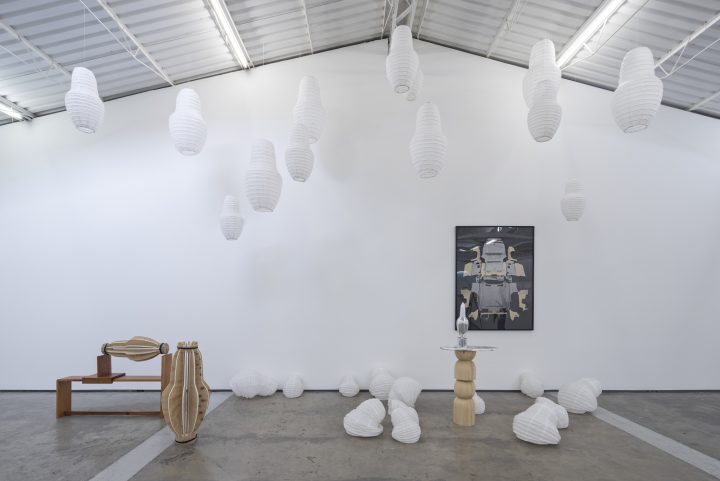
“I think that the vocation of the artist has a place beyond the consciousness of history or any particular concept. Art can be a revolutionary tool.”
CM: How is it possible to project a model of thinking and creation in the future if you are situated in the present but looking at the past?
EO: I do not try to project a model of thinking, if anything I intend to expand upon and make visible history, or certain histories that have been hidden or forgotten. To project something from a limited present would be to project without any historical perspective. Looking towards the past allows us to see an event more broadly and from various points of view, and more objectively. Not with an intention to reveal an absolute truth, but rather to be able to see in a more inclusive way the multitude of possibilities of which our present is constructed, thus being able to elaborate and propose critically toward the future.
CM: Without a doubt the undercurrents of this exhibition take on their own significance and relevance today. How important in your work is the co-construction of the work by the spectator? Is it particularly important that the works immediately convey the message that you present?
EO: No, I have never believed in being didactic. I don’t believe that the work must be understood exactly as I see it. Nor do I think that even I will understand it in the same way today as tomorrow. I think that the work has its independence and that it can sometimes function at times in a limited way, and other times in a very broad way, and can furthermore operate in parallel or in distinct ways from how I initially envisioned. However, I think that all of the work wants to be, and is, co-constructed by the spectator, who adds his own point of view. It’s surprising to discover what others see in one’s work. My intention is principally sculptural; from there I activate the meaning, if I wanted a normalized understanding `it would generated from other forms of language, but I am not interested in directing the public or transmitting closed ideas. To the contrary, I think that I almost always deliver the work to the public really without any precise idea of how it will function.
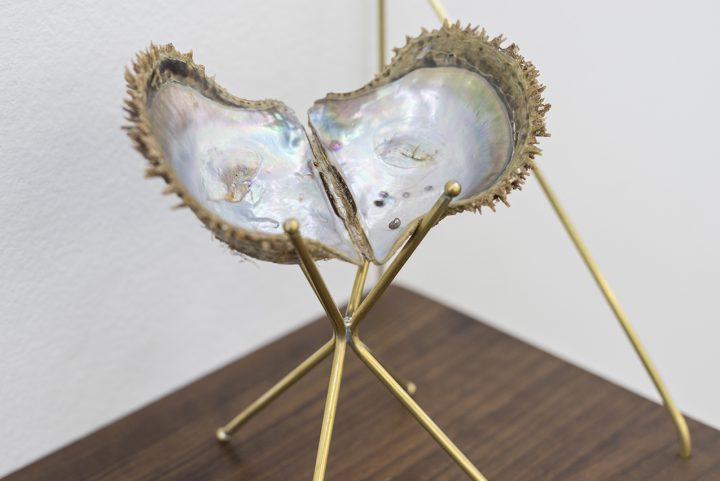
CM: The order of factors sometimes alters the product. From where do you begin your investigation? Does it start with some kind of a self-assignment to work with specific aesthetic elements or forms? Or is it a creative and conceptual exploration that starts with a history or political context that you wish to reveal?
EO: In general people understand design objects as objects that are passive, beautiful and for contemplation rather than utility. People tend to deprive them of their functional value, instead consuming them as an object of status. However, these objects are representative of particular historical ideologies that are constantly at odds with a mercantile system that edits them and that defines them commercially. These objects are archeological vestiges that we have at hand, if we investigate them we find that they are a product of several forces and ways of thinking, much more that just the thoughts of a specific designer and their aesthetics. I analyze history through these objects, as they themselves are the product of history and history is always much more open to interpretation than it seems. In these objects I find references to ecology, politics, and society that sometimes contradict the very history of the design itself.
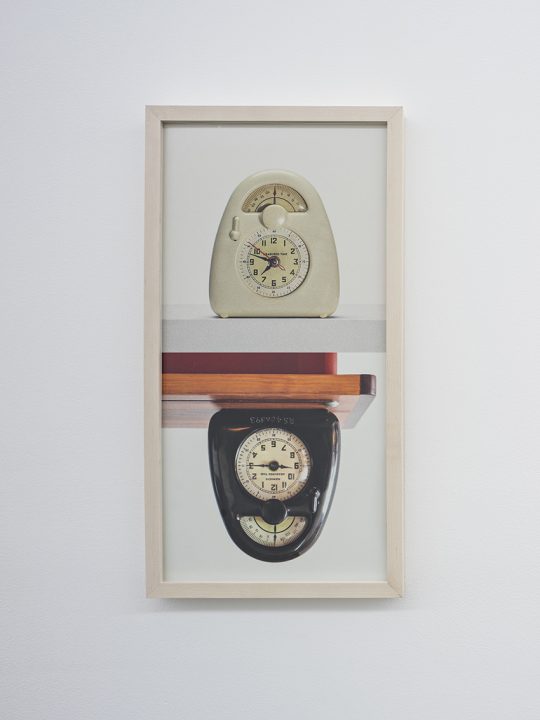
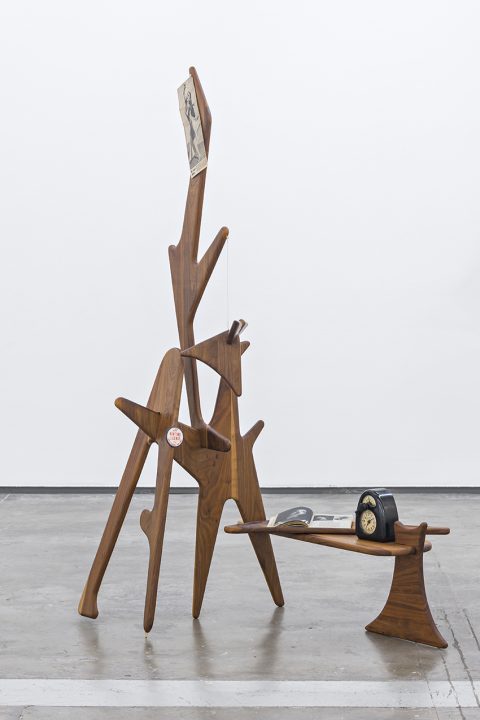

 Español
Español